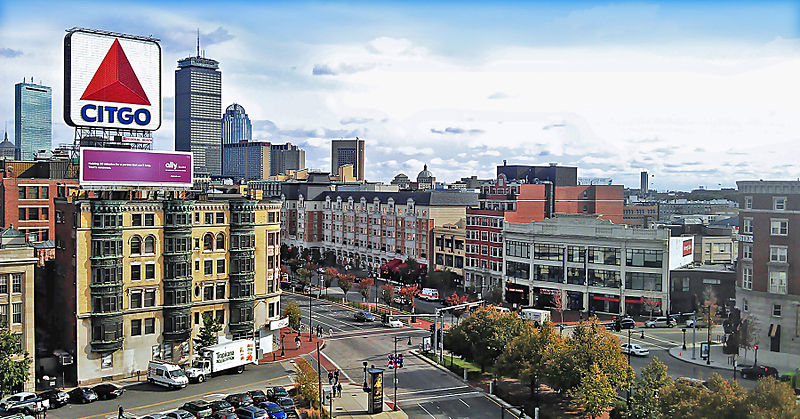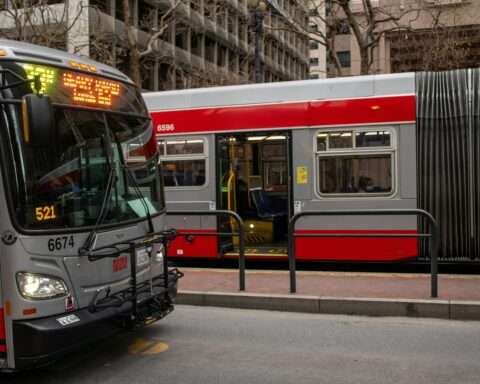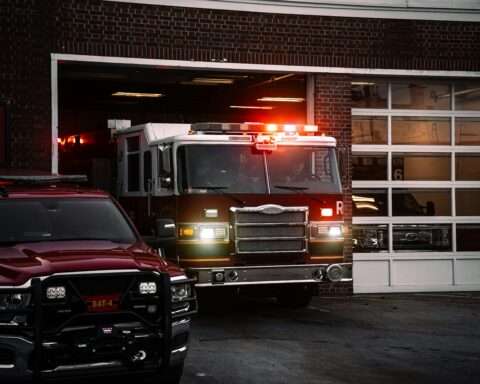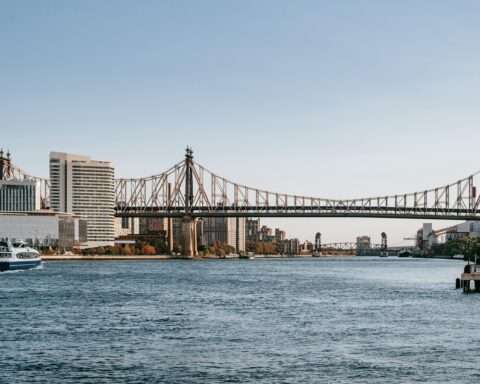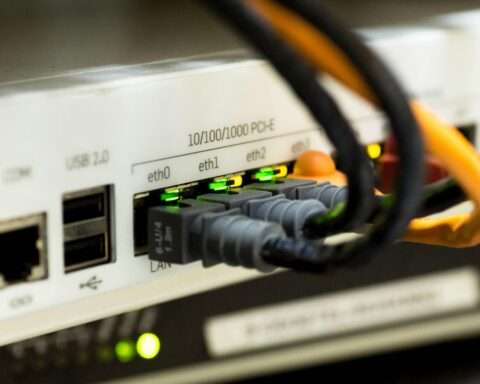The City of Boston, Streets Cabinet and Innovation and Technology Cabinet have partnered with Google’s Project Green Light team to optimize traffic-signal timing to improve traffic flow in highly congested areas. The technology uses AI to analyze traffic patterns and provide signal timing recommendations designed to reduce stop-and-go traffic and lower emissions.
In 2023, Boston ranked eighth globally for the worst traffic delays – and fourth worst in the nation. The city has already implemented four signal-timing adjustments through this partnership at intersections in Fenway-Kenmore, Mission Hill and Jamaica Plain.
“One of the most frustrating parts of living in a major city is traffic, so Boston is taking every step to combat congestion and get people to where they need to go,” Mayor Michelle Wu said. “We often find that small traffic hotspots from mistimed signals or curbside issues can swell into larger congestion, so targeting these micro spots goes a long way.”
Over the past five months, Project Green Light has used AI and Google Maps driving trends to analyze traffic at hundreds of signaled intersections, offering recommendations to optimize traffic signals and patterns.
Boston Transportation Department (BTD) traffic engineers evaluated each recommendation for safety, feasibility and effectiveness to determine whether it could be implemented. After implementation, Project Green Light monitors the impact on traffic patterns and shares the analysis with BTD to ensure ongoing assessment and adjustments as needed.
“We hear from residents throughout the city that traffic can be stressful and takes time away from family, friends, and work,” Chief of Streets Jascha Franklin-Hodge said. “Project Green Light provides a powerful tool that helps us optimize traffic flow on our streets. It provides our traffic engineers with important data to tweak a signal by seconds which can help reduce congestion along a corridor.”
Since the partnership started in February, BTD’s traffic engineers have used these recommendations. At the intersections of Huntington Avenue and Opera Place, and Amory and Green streets, stop-and-go traffic has been cut by more than 50%. Cities globally using Project Green Light have seen an average reduction of 10% in emissions.
Google’s program is part of its research arm, using AI and Google Maps driving data to analyze traffic patterns and provide recommendations. This includes adjusting traffic light timing to make intersections more efficient via methods including better synchronization of lights at nearby intersections or reallocating “green time” based on demand.
BTD engineers are reviewing additional recommendations from Project Green Light for implementation throughout 2024. The program has also supported the city in monitoring traffic signal infrastructure, ensuring that signal control boxes, copper/fiber-optic connections and loop sensors are functioning correctly.
Project Green Light is being used in 14 cities on four continents, with Boston joining Seattle as the only U.S. cities included in the program. The program can analyze thousands of intersections at once, Google said, enhancing traffic flow across multiple city intersections.
“Road transportation is responsible for a significant amount of global and urban greenhouse gas emissions,” Google Research notes on the project website. “It is especially problematic at city intersections where pollution can be 29 times higher than on open roads. At intersections, half of these emissions come from traffic accelerating after stopping. While some amount of stop-and-go traffic is unavoidable, part of it is preventable through the optimization of traffic light timing configurations.”
Photo by Henry Han



